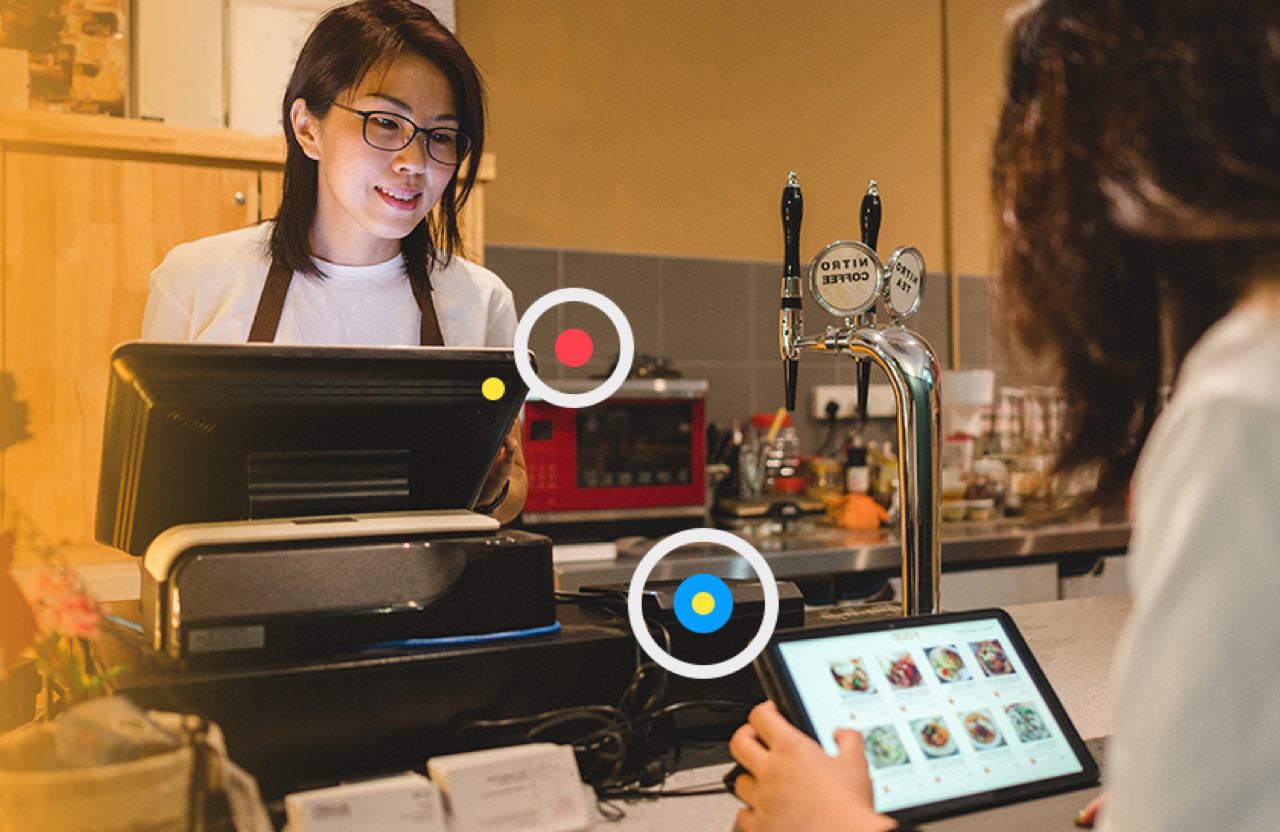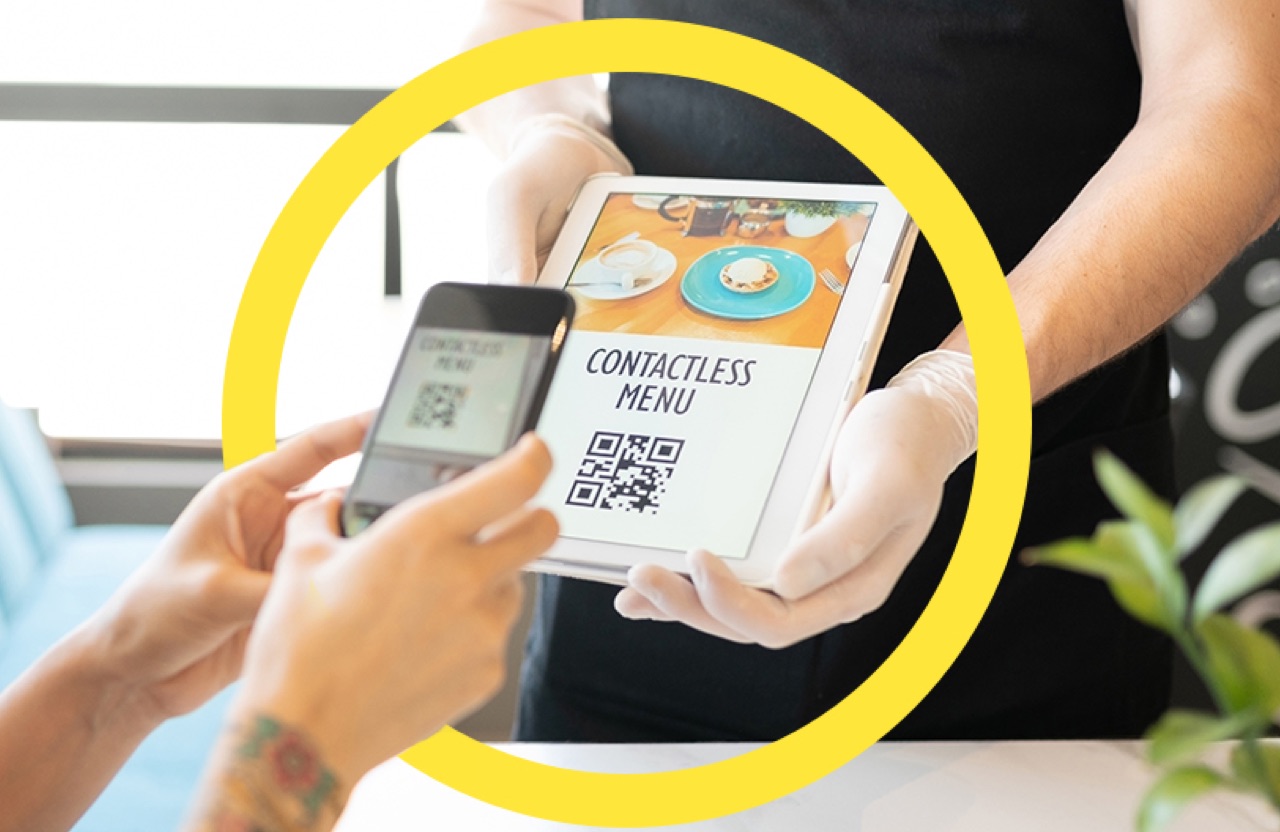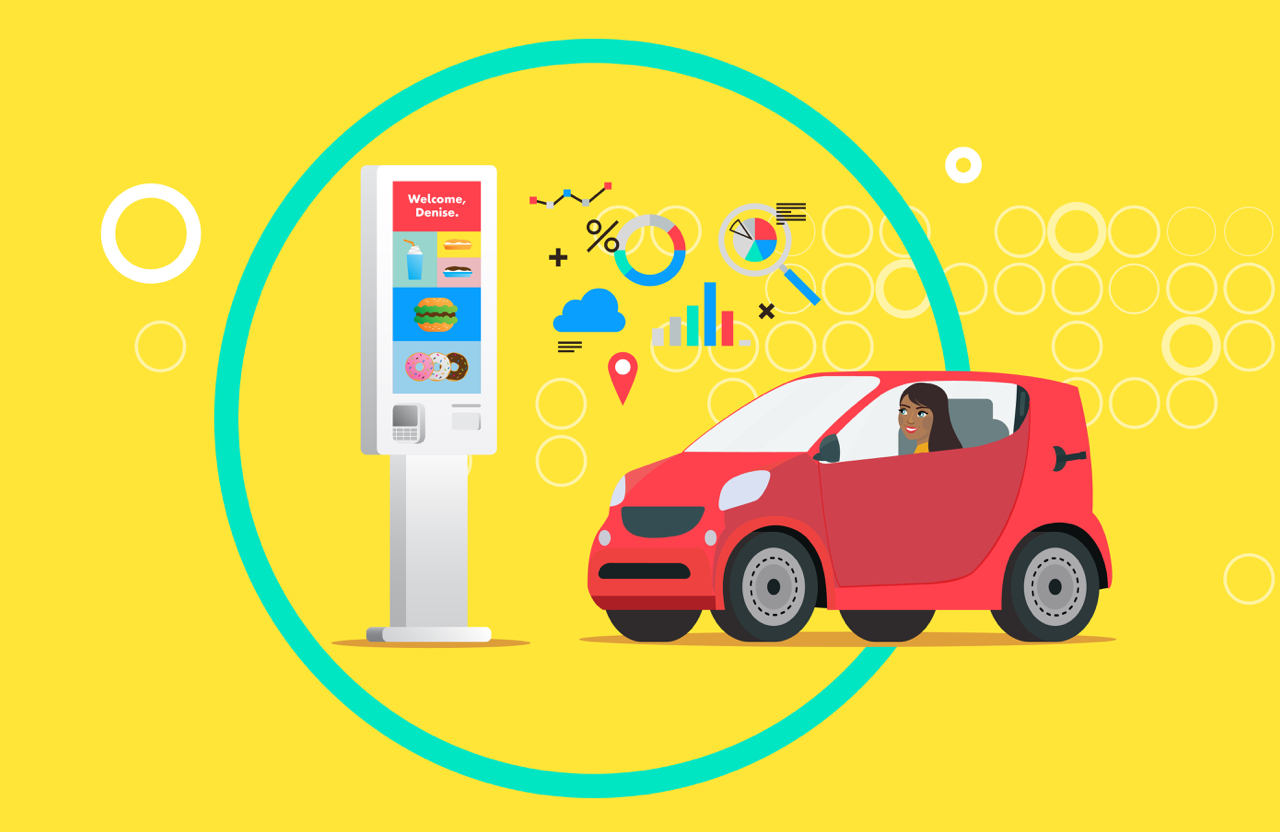What issue can we solve for you?
Type in your prompt above or try one of these suggestions
Suggested Prompt


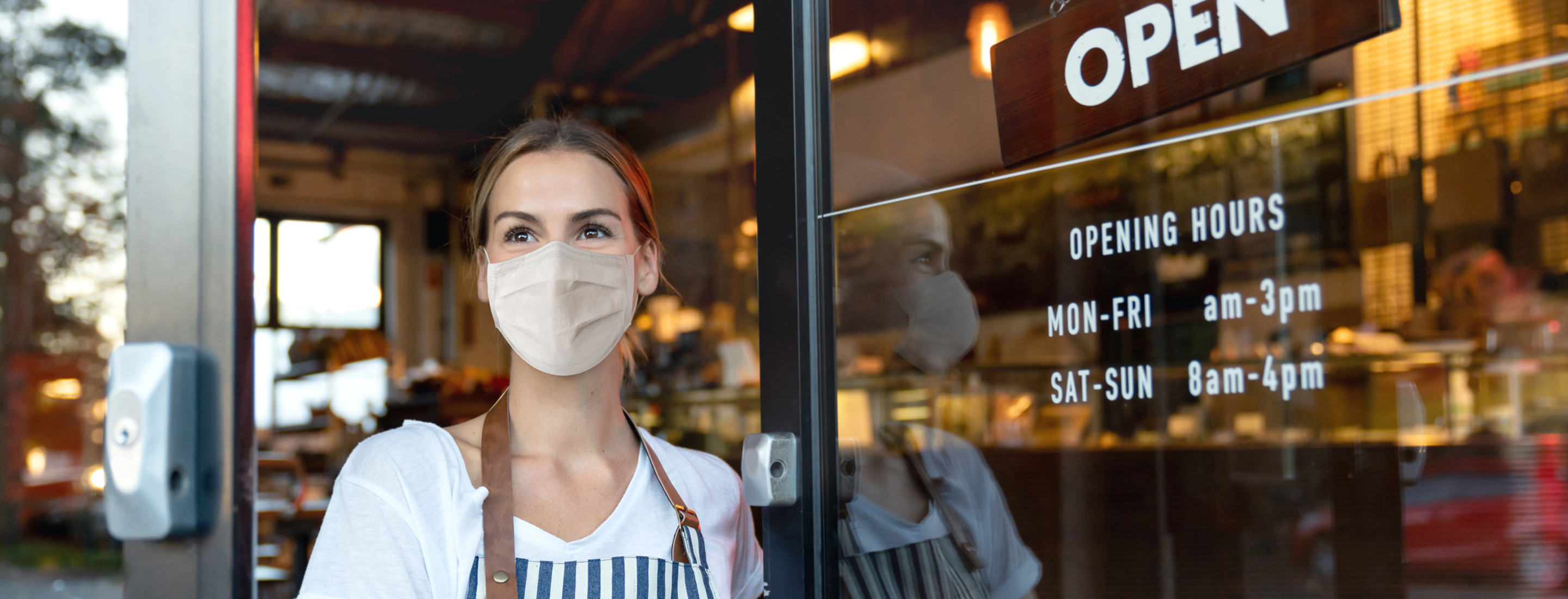
The Need to Redefine the Quick-Service Restaurant Experience
The Need to Redefine the Quick-Service Restaurant Experience
How to plot a recipe for success in the quick-serve dining model.
Many quick-service restaurants (QSRs) already evolved key aspects of the customer experience before the COVID-19 pandemic began. Kiosks replaced cashiers and drive-thru displays went digital at some restaurants to offer customers more personalized and efficient experiences. Many franchisees also improved their delivery offering and mobile ordering experience to serve customers where it was convenient for them.
But new customer behavior, like reliance on drive-thru, mobile ordering and delivery have forced a major rethink of even these digital innovations, in addition to how these restaurants will adapt to the new normal in the months and years ahead.
What defines a great QSR experience?
Like most industries, QSRs need to change their business model and operations now to be successful in a digital-first world.
Here are four ways QSRs can enhance their guest experience:
- Focus on the holistic customer and crew experience. QSRs need to instill trust and confidence by reevaluating the customer journey through the lens of both guests and employees
- Build trust by communicating your changes loud and proud. Amplify your message about the positive changes you’ve implemented to support your customers and crew
- Create a smart kitchen. Integrate automation and artificial intelligence into back-end operations
- Streamline operations. Rethink the role of the storefront as drive-thru, delivery and mobile ordering dominate the QSR industry
Focus on the holistic customer and crew experience
As QSRs bolster drive-thru and on-premises digital touchpoints, like digital menu boards, ordering kiosks and more, it’s important to rethink new customer and employee experience journeys together through the lens of both the employee and the customer.
For example, AI-powered voice ordering can reduce stress on customer service employees, but if glitches in the technology frustrate customers, this innovation could have the opposite effect.
Owners should recognize that staff shortages in the restaurant industry aren’t ending, despite inflation or economic strains. Restaurant brands with the best employee experiences also have the top customer experiences, due to fair wages, easy-to-use and up-to-date POS systems and successful change management procedures with new employee technology.
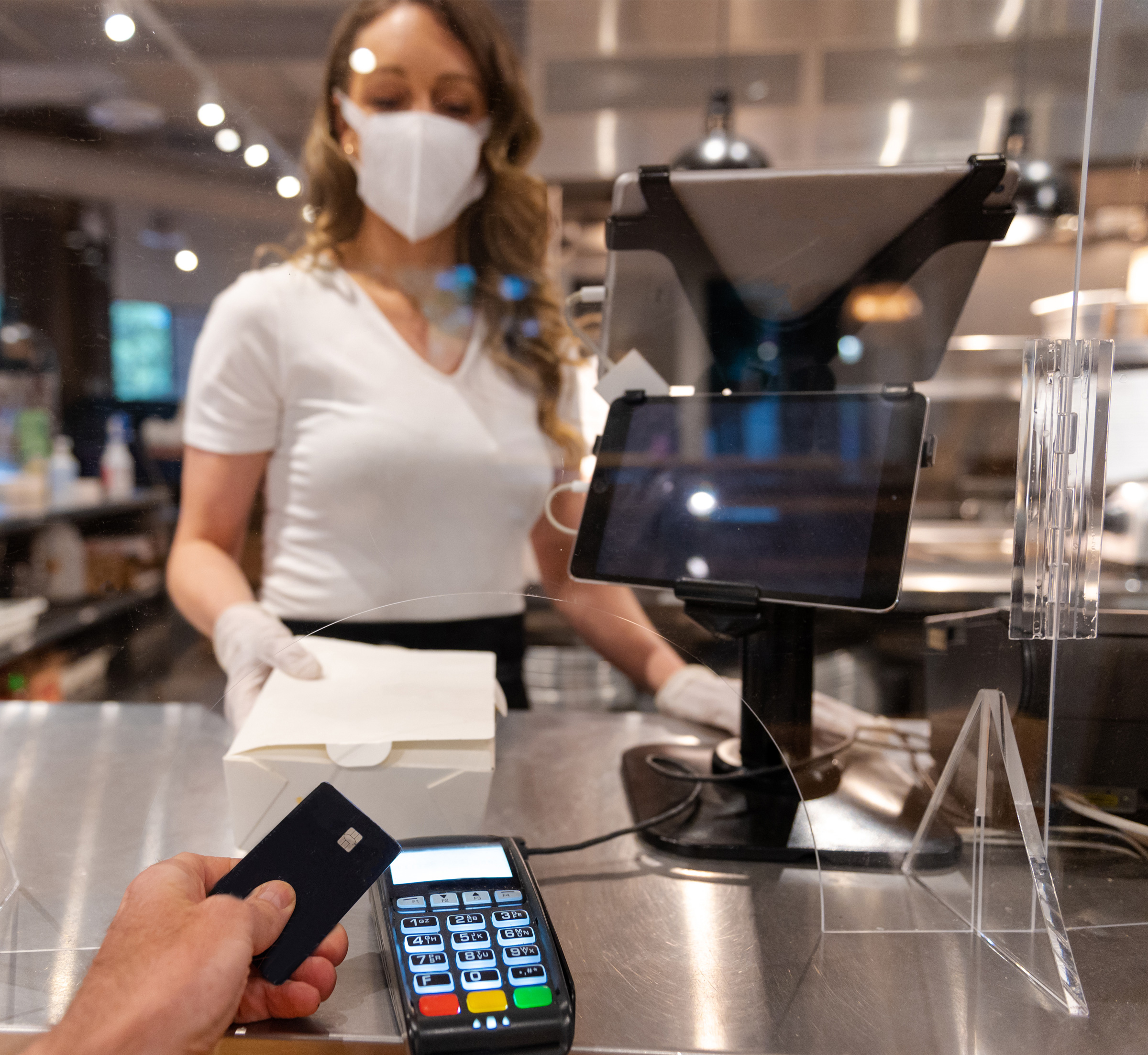
Build trust by communicating your changes loud and proud
As new restaurant technology like AI ordering becomes the norm, some customers and employees may be wary of the potential risks and downsides.
Restaurants need to be fearless in reassuring customers and staff of the benefits of this new technology. To drive successful adoption, QSRs should invest in ample resources for employees to learn new ways of working as well as marketing messaging to ease fears of robots taking over or lack of data privacy.
Investing in holistic journey transformation for customer support operations will not only reduce costs but also increase ROI for new digital platforms.
Create a smart kitchen
While front-end customer experience upgrades are easier to see, back-end kitchen upgrades are often far more important for metrics like wait times, error reduction and quality control. Smart kitchens integrate data from POS, drive-thru and other channels to create more efficient and error-free cooking experiences.
For example, robotic kitchen assistants can help employees with repetitive tasks, like Chipotle’s guacamole-making robot, so that employees have more time to deal with more hands-on tasks.
Learn more about smart kitchens for QSRs
How to streamline operations
Owners need to leverage what they have to execute and operate differently going forward as delivery, mobile ordering and drive-thru become more popular than in-person ordering channels.
Think about redesigning restaurants to create ghost kitchens, pick-up-only restaurants or more efficient drive-thru lanes. At a base level, consider partitioning your seating area to accommodate some of the basic non-food prep activities—bags, boxes, and condiments, for example. This will free up kitchen space to allow your crew to further separate while still being able to prep customers’ food.
“The idea of ghost kitchens has been out there for quite some time. Within this storefront that now has no seating, I could operate burger, Mexican and pizza restaurants, for instance, with my only channel being delivery. Ghost kitchen entrants pose a threat to the traditional QSR and will have a competitive advantage.”
Melissa Trepinski , Managing Director, Strategy at Publicis Sapient
The next-generation of quick-service experience
Consistency, efficiency and seamlessness are number one when it comes to the quick-service restaurant experience. Restaurants need to be clear and compelling about how digital innovations are serving this goal.
For some restaurants, improving the guest experience will require radically reimagining their businesses to be primarily delivery or takeout while adapting resources to respond to new trends.
Publicis Sapient has helped QSRs digitally transform their businesses so that they are better positioned for rapidly changing consumer behavior.
Being customer and employee-centric with the QSR experience will make restaurants more resilient in the now, and in the next.





